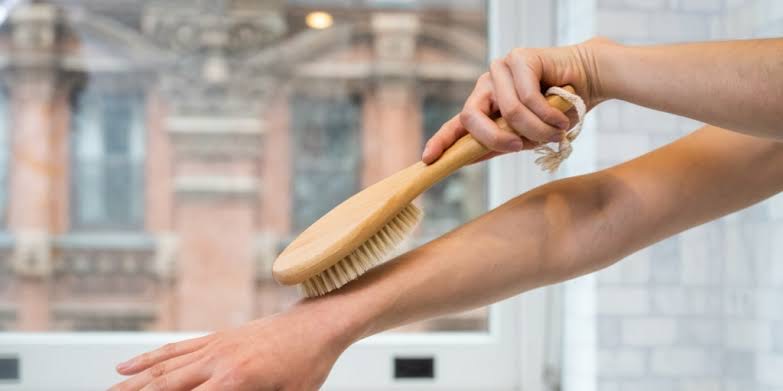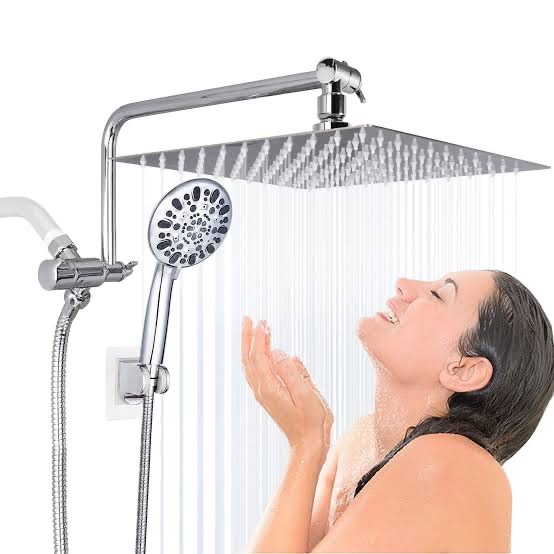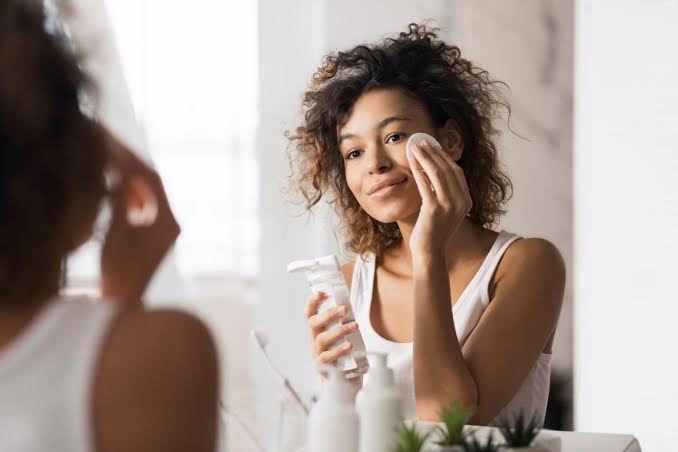Dry brushing is a popular wellness practice that involves brushing the skin with a dry, stiff-bristled brush. It offers a range of benefits for both the skin and overall health. Here’s a look at the benefits of dry brushing and a step-by-step guide on how to do it properly.
Benefits of Dry Brushing
1. Exfoliation:
Dry brushing removes dead skin cells, which helps to reveal smoother and softer skin. Regular exfoliation can also improve the skin’s texture and appearance.
2. Improved Circulation:
The brushing motion stimulates blood flow, which can improve circulation and give the skin a healthy glow.
3. Lymphatic Drainage:
Dry brushing is believed to help stimulate the lymphatic system, which plays a crucial role in detoxifying the body. Improved lymphatic drainage can help reduce the buildup of toxins.
4. Reduced Cellulite:
While not scientifically proven, some people find that dry brushing helps to reduce the appearance of cellulite by improving circulation and breaking down fatty deposits under the skin.
5. Enhanced Skin Absorption:
By removing dead skin cells, dry brushings can improve the absorption of skincare products, making them more effective.
6. Stress Relief:
The process of dry brushing can be relaxing and may help reduce stress. The repetitive motion and the time taken for self-care can contribute to a sense of well-being.
How to Do Dry Brushing
1. Choose the Right Brush:
Select a brush with natural, stiff bristles. A brush with a long handle can help you reach difficult areas like your back. 
2. Prepare Your Skin:
Ensure your skin is dry. The best time to dry brush is before a shower, as it helps to wash away dead skin cells afterward.
3. Start at Your Feet:
Begin brushing at your feet and use long, sweeping motions. Always brush towards your heart to follow the natural flow of lymphatic fluid and improve circulation.
4. Brush Upward:
Continue brushing up your legs, making sure to cover the entire surface. Use firm but gentle pressure to avoid irritating your skin.
5. Move to Your Torso:
Once you’ve brushed your legs, move to your torso. Brush your lower back, abdomen, and chest using the same long, upward strokes.
6. Brush Your Arms:

Start at your hands and brush upwards towards your shoulders. Don’t forget to brush your underarms, as this area is rich in lymph nodes.
7. Be Gentle on Sensitive Areas:
Use a softer brush or lighter pressure on sensitive areas like your face, neck, and chest.
8. Shower:
After dry brushings, take a shower to rinse off the dead skin cells and impurities that have been loosened. 
9. Moisturize:
After your shower, apply a nourishing moisturizer or body oil to hydrate your skin. This step is essential to replenish moisture and protect your skin. 
10. Frequency:
Brushing can be done daily, but if you have sensitive skin, you might want to start with two to three times a week and see how your skin responds.
Dry brushing is a simple yet effective technique that can enhance your skincare routine and overall well-being. By incorporating dry brushing into your regular routine, you can enjoy smoother skin, improved circulation, and a more invigorated body. Always listen to your skin and adjust the frequency and pressure of brushing to suit your individual needs.
Pingback: Top Skin Toners for Light Skin Women - SimplExplainer